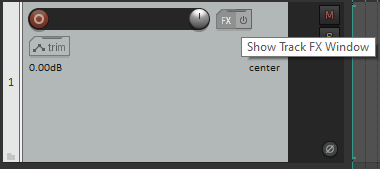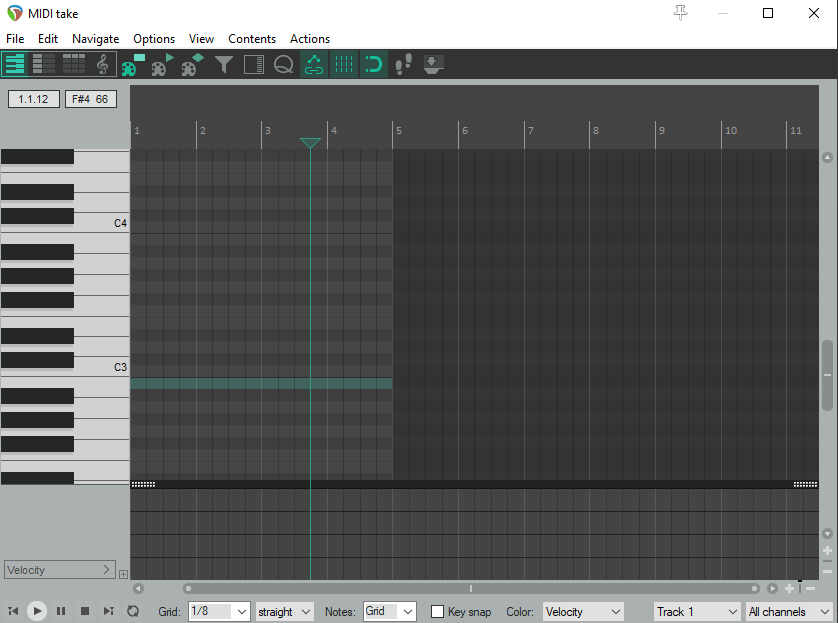How I make music
installing a DAW
I personally use reaper, but most of this will work with other DAWs(digital audio workstations)
reaper is technically paid, but in much the same way winrar is, so you can just download it.
once you have it installed, the first thing i usually do is get some plugins. personally i find the built in synth to be lacking, but out of laziness i do end up using it time to time. some i like to recommend are power drum kit, a free drumkit, obxd, an excellent free synth, and a bunch of others in this linux package with like 200 free plugins and a bunch of other stuff
now make a new project (in reaper this is ctrl+n or file->new project). then make a midi item/piano roll/whatever (insert -> midi item)
after that click the FX button on reaper, and choose a plugin that makes noise(eg, not a post processing effect or whatever. you could also pick something from the instruments section in the menu)

now that you've set everything up, it's time for the next part,
making a chord progression
the basis of most modern western music revolves around chords and scales, so you better get used to them.
if you double click on midi item you created last step, you'll be greeted with something like this

there are a lot of online resources on how to make a chord progression, but i'll try to go through the basics real quick:
how to make a chord progession
most of your chords are going to come from a key that you choose. a key is just a collection of notes, like A minor or B flat major. don't think too hard about it, just choose one.
for this tutorial i will refer to chords from a key by their roman numeral, as you usually do.(a "capital" number is a major chord and a "lowercase" number is a minor or diminished chord)
in C major, for example the chords of the key are:
- I - C major, the root
- ii - D minor
- iii - E minor
- IV - F major
- V - G major
- vi - A minor
- viidim - B diminished
the pattern of what chords in a key are major or minor changes based off of what key type you're using (natural minor has a different set of qualities). you absolutely don't need to memorize this, as the DAW does most of the work for you
chord progressions revolve around tension and release. some chords are naturally more unstable than others, and some of them can evoke certain feelings. this isn't really something you can learn on a blogpost, it comes mostly from making a fuck ton of music
as a general rule, in most common keys (major, natural minor, harmonic minor, so on) chords "want" to go to a couple chords, with the exception of the root, which can go anywhere. remember these are not set in stone, and you can absolutely play around with it, this is just what i've found works. (i am using the qualities of the major scale, but this works with most keys)
- I - can go anywhere
- ii - can go to I, viidim, V, and IV
- iii - can go to vi, and IV
- IV - can go to I, V, vi, and ii
- V - can go to viidim, I, vi, and ii
- vi - can go to IV, V, I, and viidim
- viidim - really wants to go to I, can go anywhere else for a subversion of expectations
i'd like to reiterate these really aren't rules, and you can do whatever sounds good
up next: how to make melodies